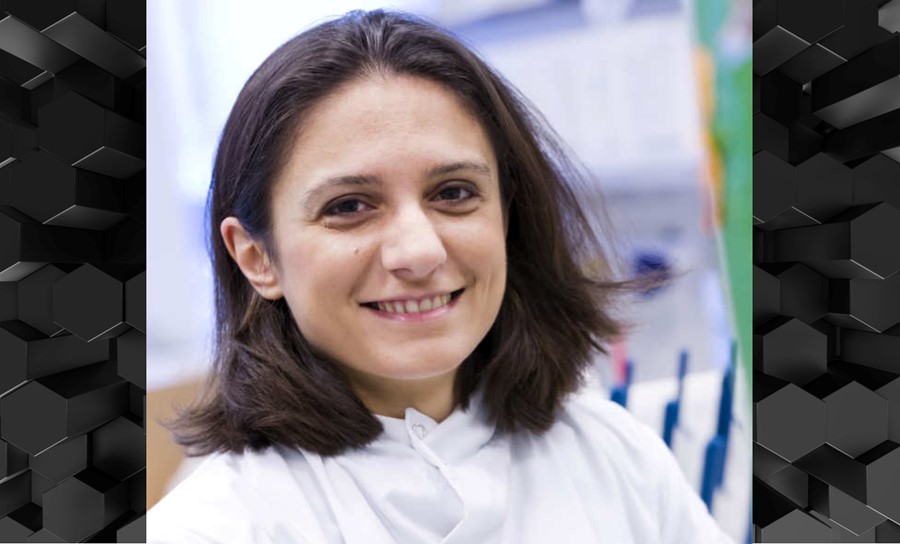Graphene enables 3D-printed energy storage devices
Cecilia Mattevi was an invited speaker at Graphene Week 2021, where she showed us her exciting work on the 3D-printing of energy storage devices – with the help of graphene. "We are very interested in layered materials, in particular graphene, for energy applications" she says.
Cecilia Mattevi is an Associate Professor and a Royal Society University Research Fellow in the Department of Materials at Graphene Flagship Partner Imperial College London, UK.
Her research focuses on science and engineering of novel atomically thin semiconducting materials to enable applications in energy conversion, energy storage and nanotechnologies.
During Graphene Week 2021, she presented a lecture on 3D-printed energy storage devices, electrodes, micro-supercapacitors and more – all thanks to the possibilities of graphene.
3D-printing is regarded as a sustainable manufacturing technique with applications in different industries, from automotive to aerospace and education, medicine and energy.
Large scale 3D-printing represents different advantages, such as reduced cost, design freedom, weight reduction and faster development.
"We also see increasing applications for 3D-printing for small scale devices for biomedical applications and developing miniaturized energy storage devices," says Cecilia Mattevi.
Her research group is interested in energy storage devices for on-chip applications. They started with a few layers of graphene, formulating a graphene ink that’s ideal for 3D-printing structures of different geometries, from woodpile to interdigitated. The results are encouraging.
- They demonstrated the formulation of aqueous inks of graphene and layered materials like transition metal dichalcogenides, as well as the printing of 3D architectures with micron sized features and structural integrity.
- They printed devices without chemical additives and without the need of harsh post-printing processes to enable high electrochemical performance.
- They demonstrated that a graphene-enabled Electric Double Layer Capacitor (EDLC) dominated performance mechanism for on-chip applications.
Are we close to commercialising these devices? Mattevi thinks, "we need to study more and test them more, it will be especially nice to see the interdigitated ones optimised for actual applications." So far, her team has studied several devices, so reproducibility is quite well understood. "Now it’s a matter of optimising the development of the interdigitated structure with gel-electrolytes" concludes Mattevi.
We are very interested in layered materials, in particular graphene, for energy applications.
Graphene Week 2021 Speaker

Graphene Flagship researcher Cecilia Mattevi.




